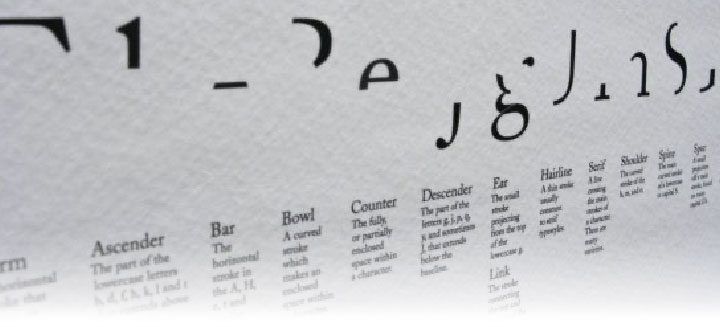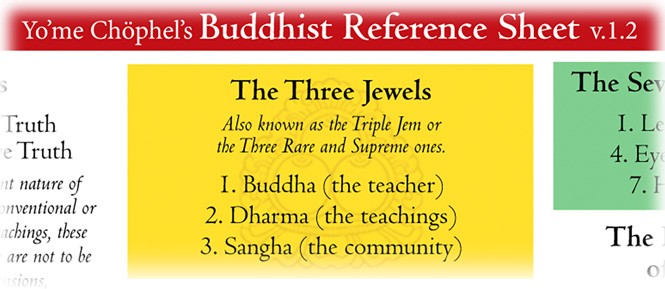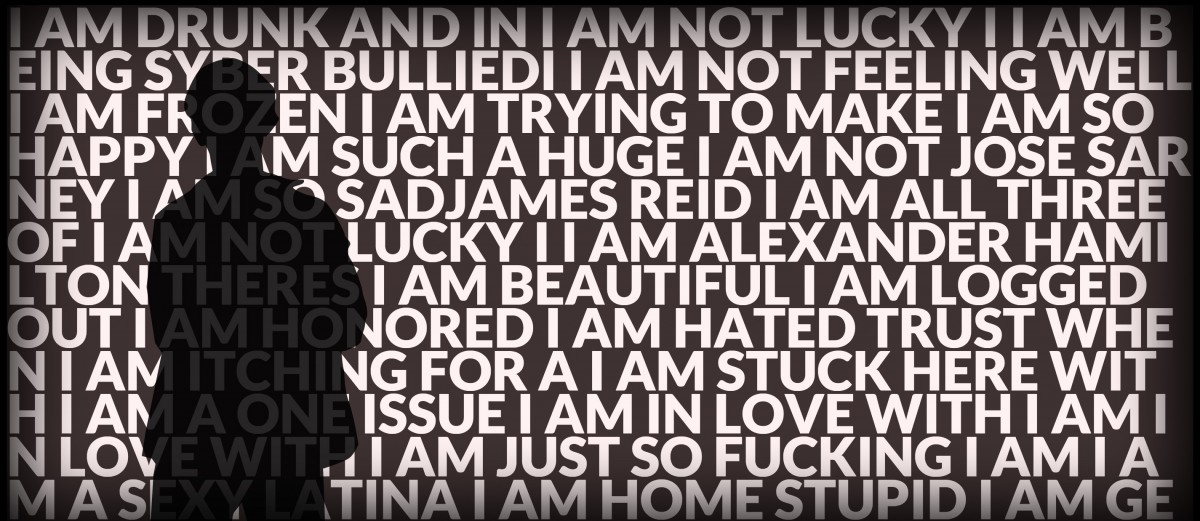This poem was written while on a two week retreat at Casa Werma in Patzcuaro, Mexico. Reflecting on the present moment as captured in ink by the calligrapher’s brush.
Phoenix
When we feel the sting of failure, loss, or grief it is hard to imagine coming back to ourselves. This poem reminds us of the Phoenix – reborn from the ash.
Protected: Dharma Talk: Radical Self-Compassion
There is no excerpt because this is a protected post.
Type is Art: Parts of a Character
All letterforms are composed of twenty-one distinct parts.Most commonly, these parts combine to form the characters of our alphabet.Type is Art allows for experimentation beyond this typical character set. Suzanne Cerja, Silo Design I was not always a “typography nerd.” Maybe by some standards I’m still not. There is a point in my career that […]
A Buddhist Reference Sheet by the Numbers
The sheer number of lists and numbers that exist in the Buddhist teachings are one of the things that attracted me early on. There’s something about the logical way that things are laid out that speaks to my techy mind. And although it is through experience and feeling that we gain a true understanding of […]
I AM, No Self : Redux
Back in 2010 I had the internet ask itself, “Who am I?” – “I AM, No Self” was the response. A digital art project which looks at identity and egolessness through the lens of social media, the project began as a personal contemplation. Born of my meditation practice it was shown for the first time in March […]
The Coyote’s Dilemma
The bad news is you’re falling through the air, nothing to hang on to, no parachute. The good news is there’s no ground. — Chögyam Trungpa This seems like an appropriate way to begin… We, our family, our country, our global society seems to be in a constant freaked out free fall. With seemingly good […]




